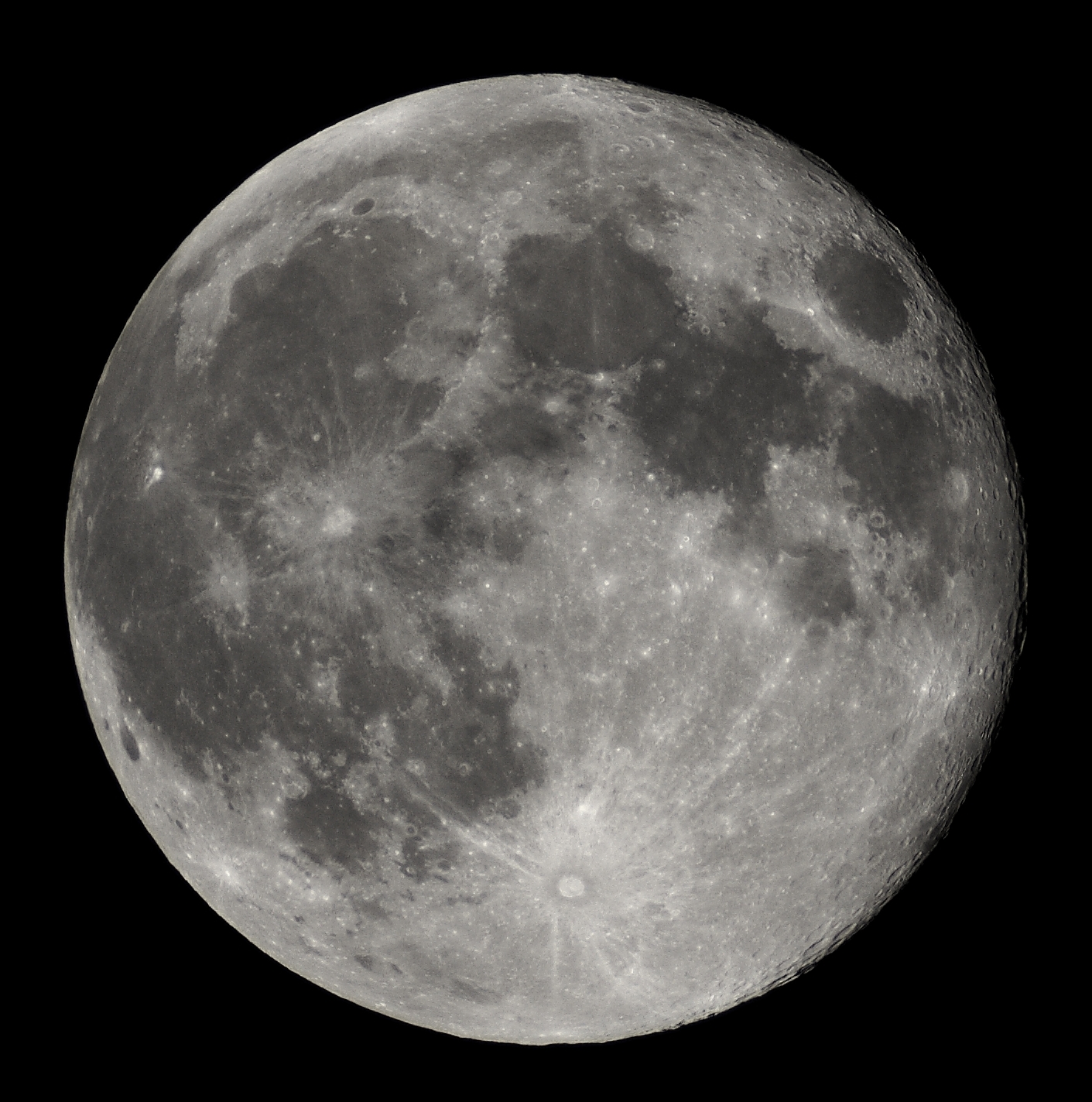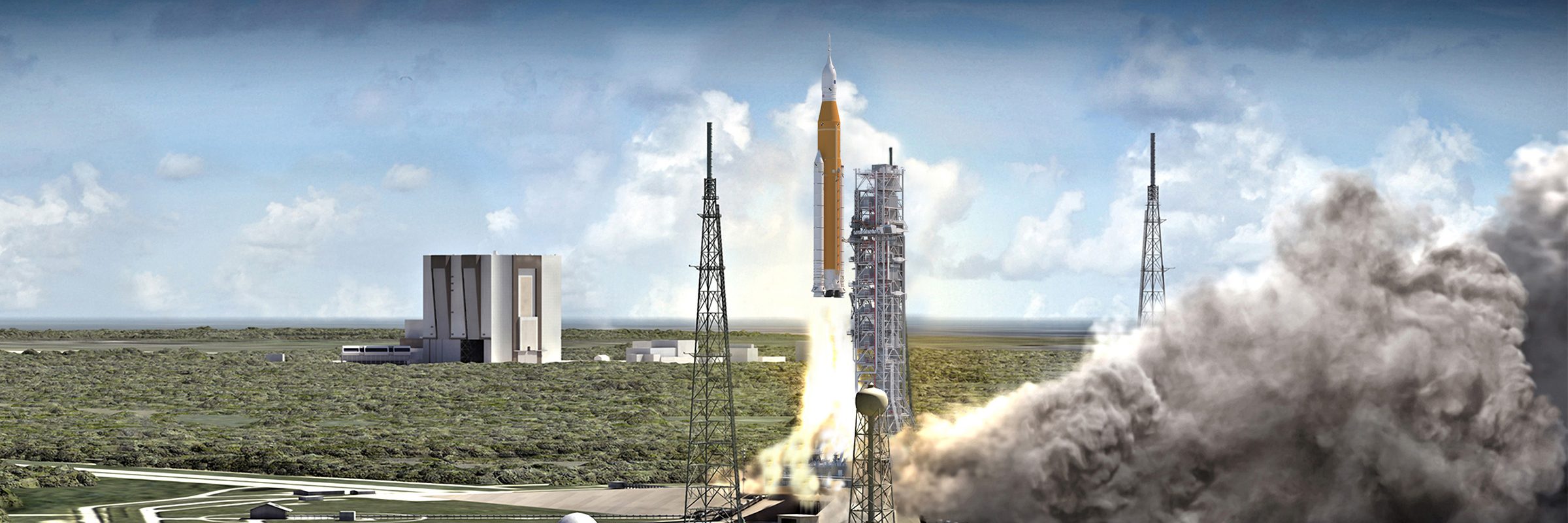The Orion will be launched by the SLS rocket. Source: NASA
NASA has revealed the launch date for its first Artemis mission, an uncrewed test flight that will provide information for later missions which will return humans to the moon.
The American space agency has said that there will be a two-hour launch window from 8:33 am to 10:33 am on August 29 at the Kennedy Space Centre in Florida.
From there the Orion spacecraft on top the Space Launch System Rocket (SLS)- the world’s most powerful rocket-will be launched into space where it will travel 64,000 kilometres past the moon and 450,000 kilometres from Earth.
According to NASA, Orion will be in space longer than any other spacecraft without needing to dock at space station. It will also return back to Earth faster and hotter than any other.
“The flight will pave the way for future missions to the lunar vicinity, including landing the first woman and first person of colour on the surface of the Moon,” said NASA.
“With Artemis I, NASA sets the stage for human exploration into deep space, where astronauts will build and begin testing the systems near the Moon needed for lunar surface missions and exploration to other destinations farther from Earth, including Mars.”
While in space, several small satellites from the interim cryogenic propulsions stage (ICPS) will be sent out to study the moon or further destinations, while the Orion will take a few days to leave the moon’s orbit.

A close flyby to the moon will see the human-fit space craft hurled 48,000 kilometres past the moon, more than previous missions like the Apollo 13.
Once the Orion has completed its mission, it will make its way back to Earth setting itself a safe trajectory to Earth where it’s expected it will enter the Earth’s atmosphere at 40,000 kph and land off the coast of San Diego where a recovery team will be waiting.
NASA says that the main goal of the mission is to demonstrate the Orion’s heatshield and operations at all phases of the mission.
Three fake dummy “passengers” will be onboard to test conditions for future human astronauts.
“The manikin’s seat will be outfitted with two sensors – one under the headrest and another behind the seat – to record acceleration and vibration throughout the mission.
“Five additional accelerometers inside Orion will provide data to compare vibration and acceleration between the upper and lower seats.
“The Orion Crew Survival System suit – a spacesuit astronauts will wear during launch, entry, and other dynamic phases of their missions – worn by the manikin will also be equipped with two radiation sensors.”





